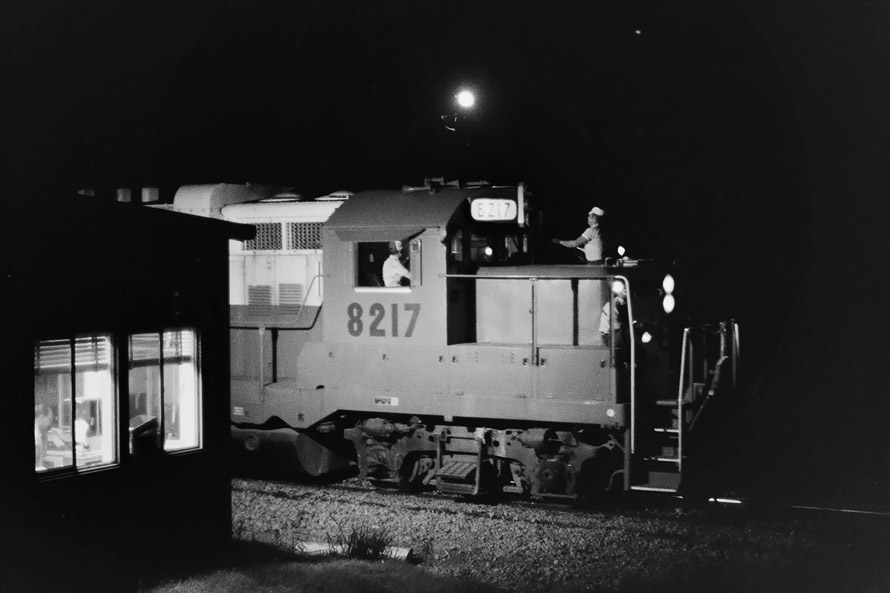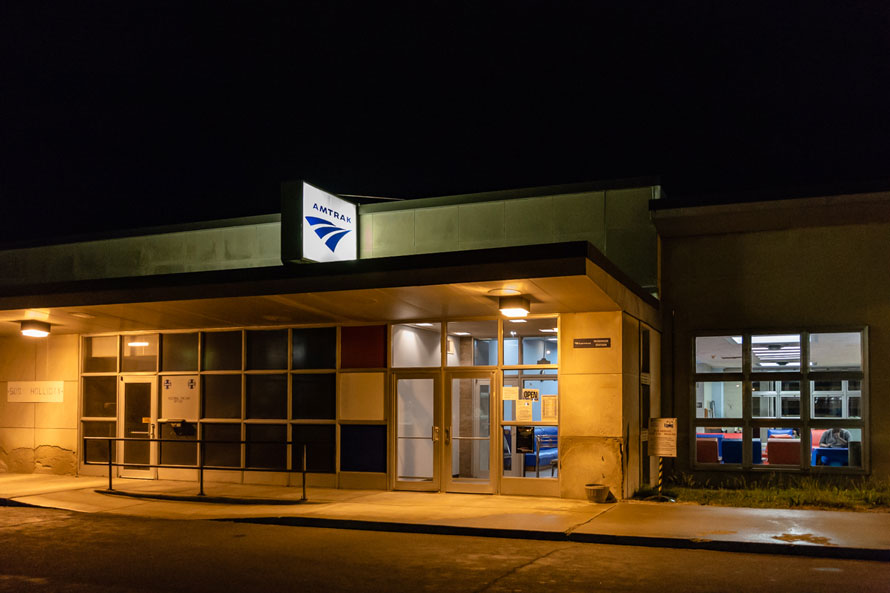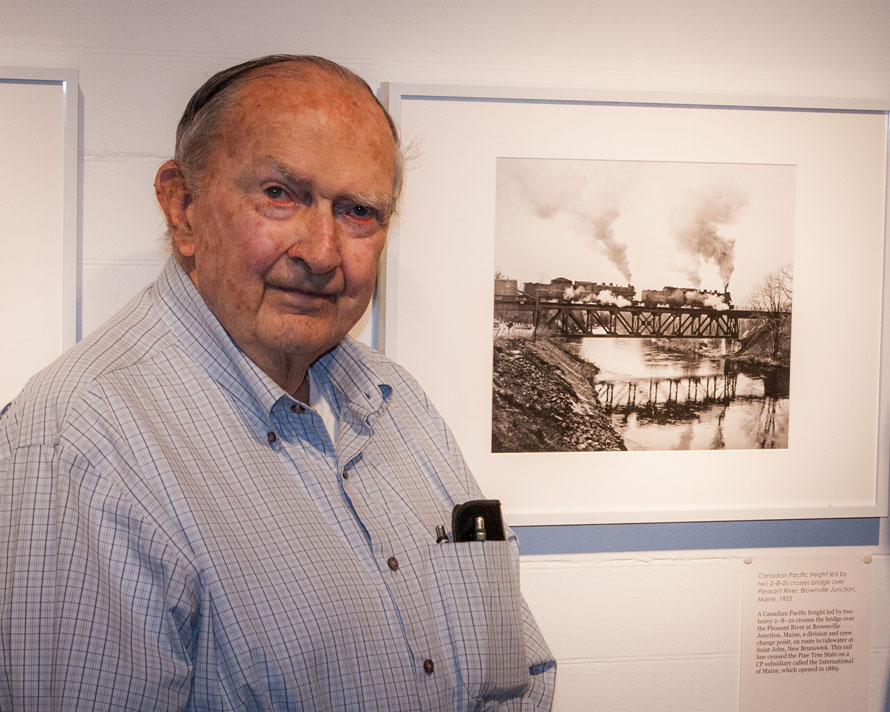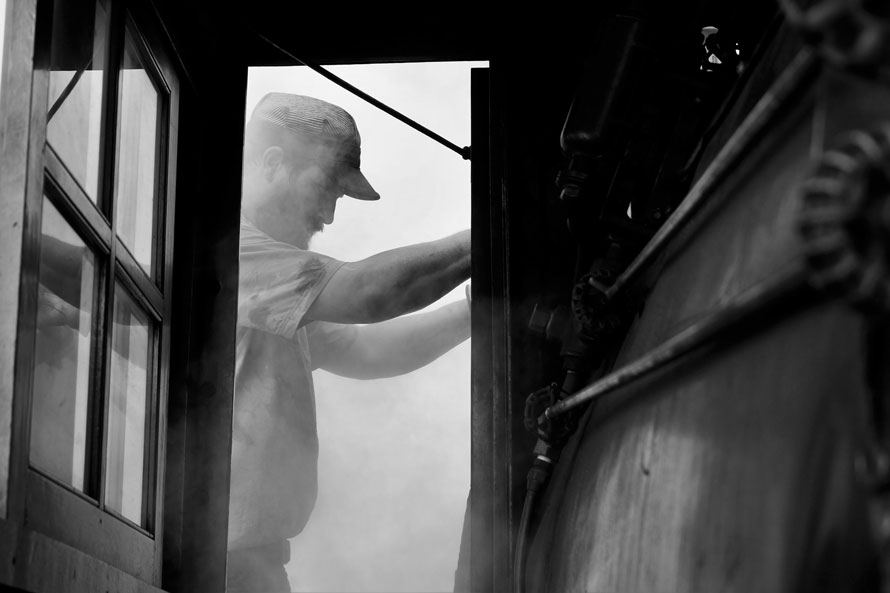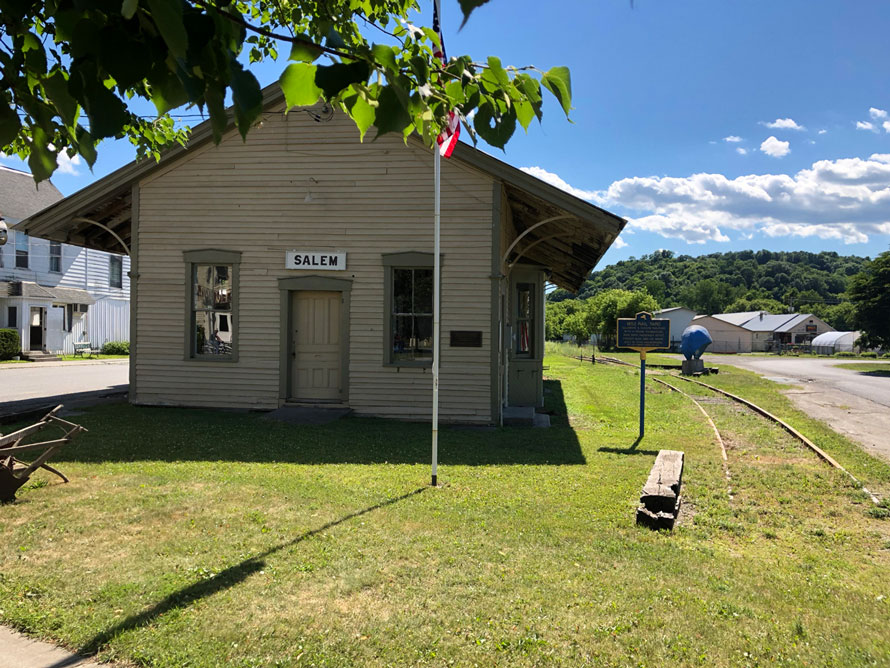Introduction
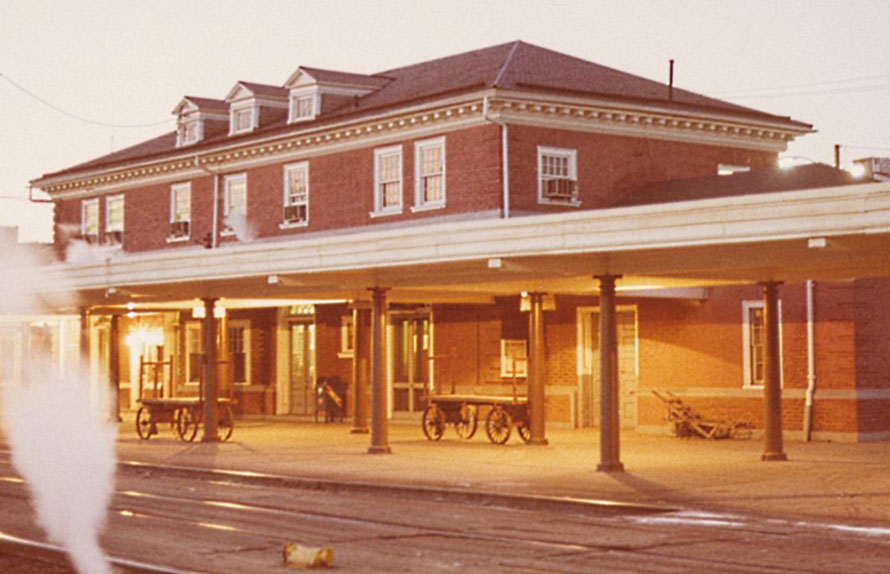
My introduction to a railroad paycheck was during the summer of 1969. During junior and senior high school years, 1967-1968 at Alexandria (Virginia), I frequented Alexandria Union Station to meet Railway Post Office trains. The ticket sellers and baggage-mail porters became familiar and friendly to me. I had found a summer job during June, 1969, at Arrow Moving Company in the west end of Alexandria. It paid two dollars per hour, but only if you went out on a moving assignment. I was thin and immature, so the coordinator would look around the room of candidates and pick those who appeared more athletic. I did my share of moving refrigerators up three flights of stairs, but on many days I wasn’t assigned to a move by 11 a.m. after having arrived at the office by 7 a.m. On those days there was no pay and nothing to do except to go home and try again the following morning.
